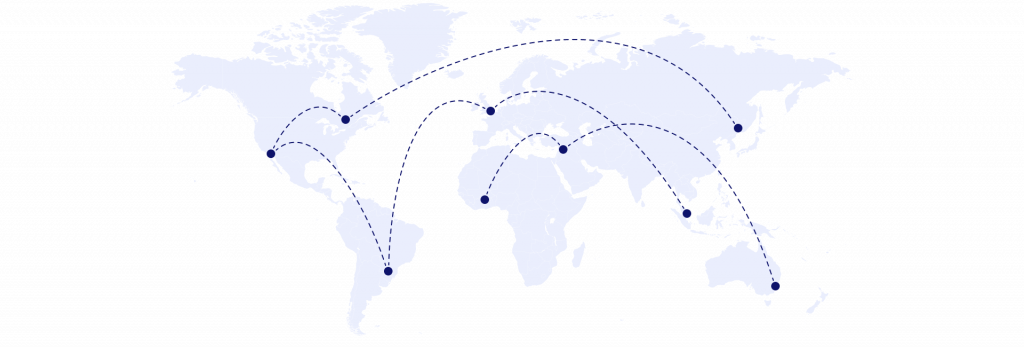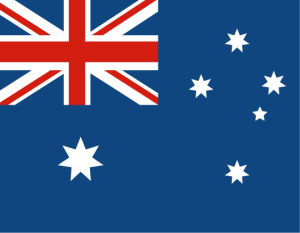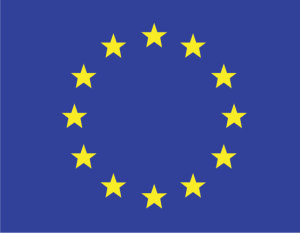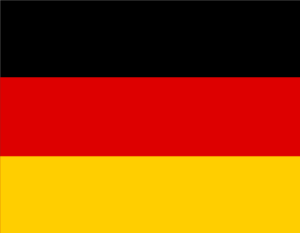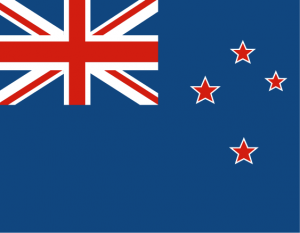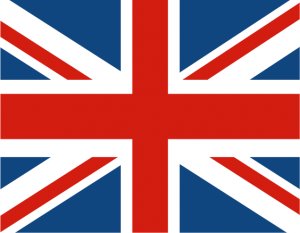With our expert guides and insights, you’ll get the latest on how to grow your business globally. Whether you’re interested in conquering Amazon as an online seller, looking for information on how to build relationships with suppliers and customers abroad, or simply wanting to keep ahead of market trends, WorldFirst has got you covered.

How does WorldFirst work?
Take a look at how WorldFirst allows businesses to make easy, fast and secure cross-border payments.
Jul / 2024
Product sourcing from China: How to get started
Learn about everything you need to know about product sourcing from China, right from finding suppliers to choosing the most cost-effective
Jul / 2024
How to Pay Suppliers in China?
Check out a look at the different payment methods online sellers can use to pay suppliers in China
Jul / 2024
How to connect Shopify with WorldFirst to accept payments
Follow these steps to connect your Shopify store to your World Account and get paid like a local.
Jul / 2024
How do I receive money from Amazon with the World Account?
Follow these steps to connect your Amazon seller account to your World Account and get paid like a local.
Jul / 2024
How to sell on Amazon from Alibaba
Take a look at how online sellers can sell on Amazon from Alibaba while improving profit margins
Jul / 2024
Airshow mastery meets business innovation
With a career spanning over two decades, Paul Bennett has flown from the shipyard to the stratosphere, leading a conglomerate that covers everything from airshows to resin manufacturing and freight.
Sep / 2023
An educational toy captivating kids in over 50 countries
Launched from a garage in 2019, Connetix Tiles now boasts well over 500 retailers worldwide, with customers, suppliers and warehouses globally.
May / 2023
The eCommerce startup that became a household name
Founder Faith Lim created a sister brand to her family legacy business after discovering a gap in the market.
Jan / 2023
Connect your World Account to NetSuite | WorldFirst
Save yourself time, admin and hassle by connecting NetSuite to your World Account today
Apr / 2024
How to Maximise your E-commerce Profits in Q4 | WorldFirst
Optimise your e-commerce strategy for Q4 2023! Discover trends, diversify selling platforms, and learn how WorldFirst can boost your online profits.
Apr / 2024
What is SWIFT gpi?
Discover how SWIFT gpi revolutionises B2B international money transfers through enhanced transparency, speed, and cost efficiency. %
Apr / 2024Find out how a WorldFirst account could support your business. Plus, sign up for global market email updates.
- Almost 1,000,000 businesses have sent USD$150B around the world with WorldFirst and its partner brands since 2004
- Your money is safeguarded with leading financial institutions
